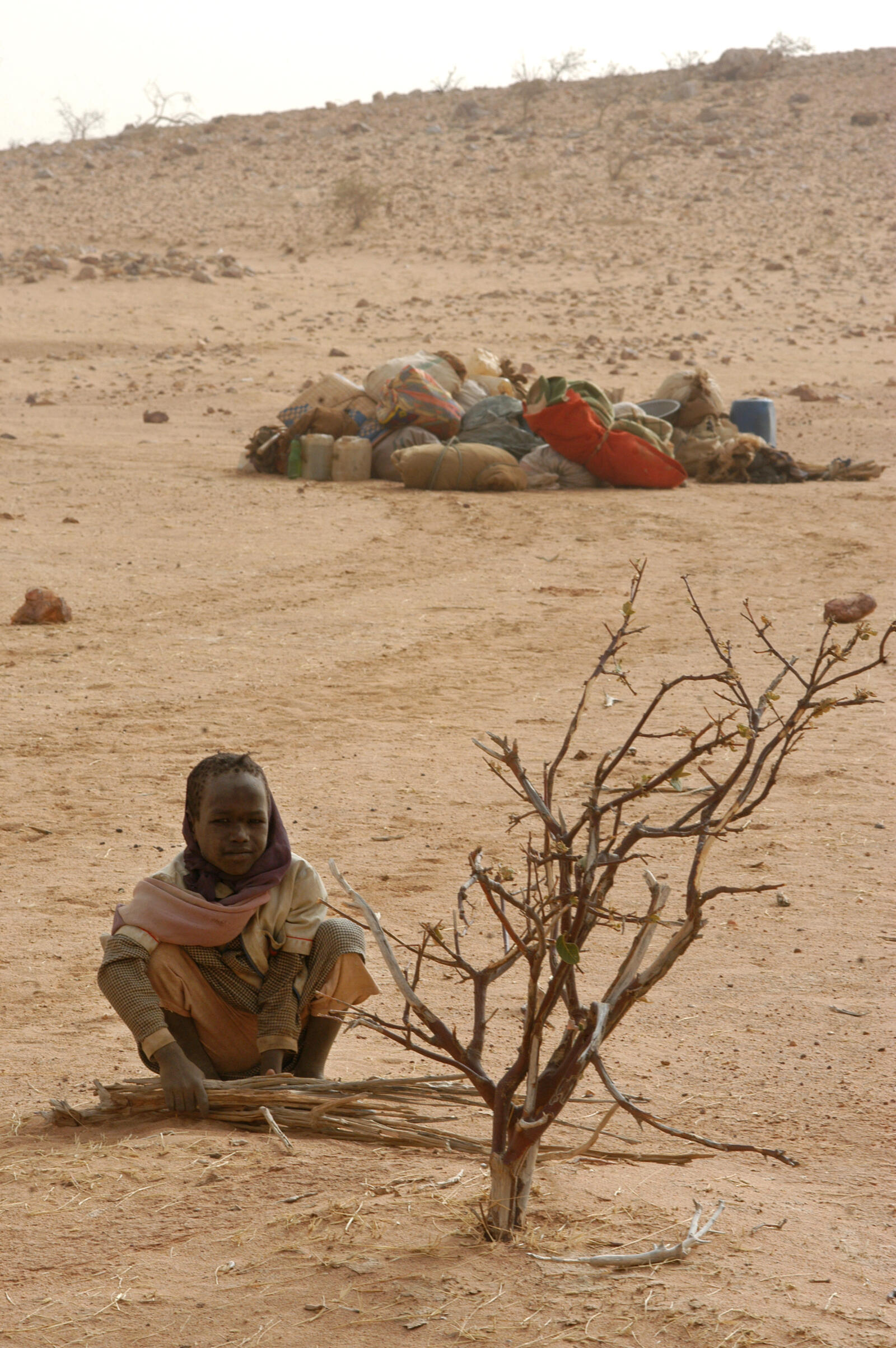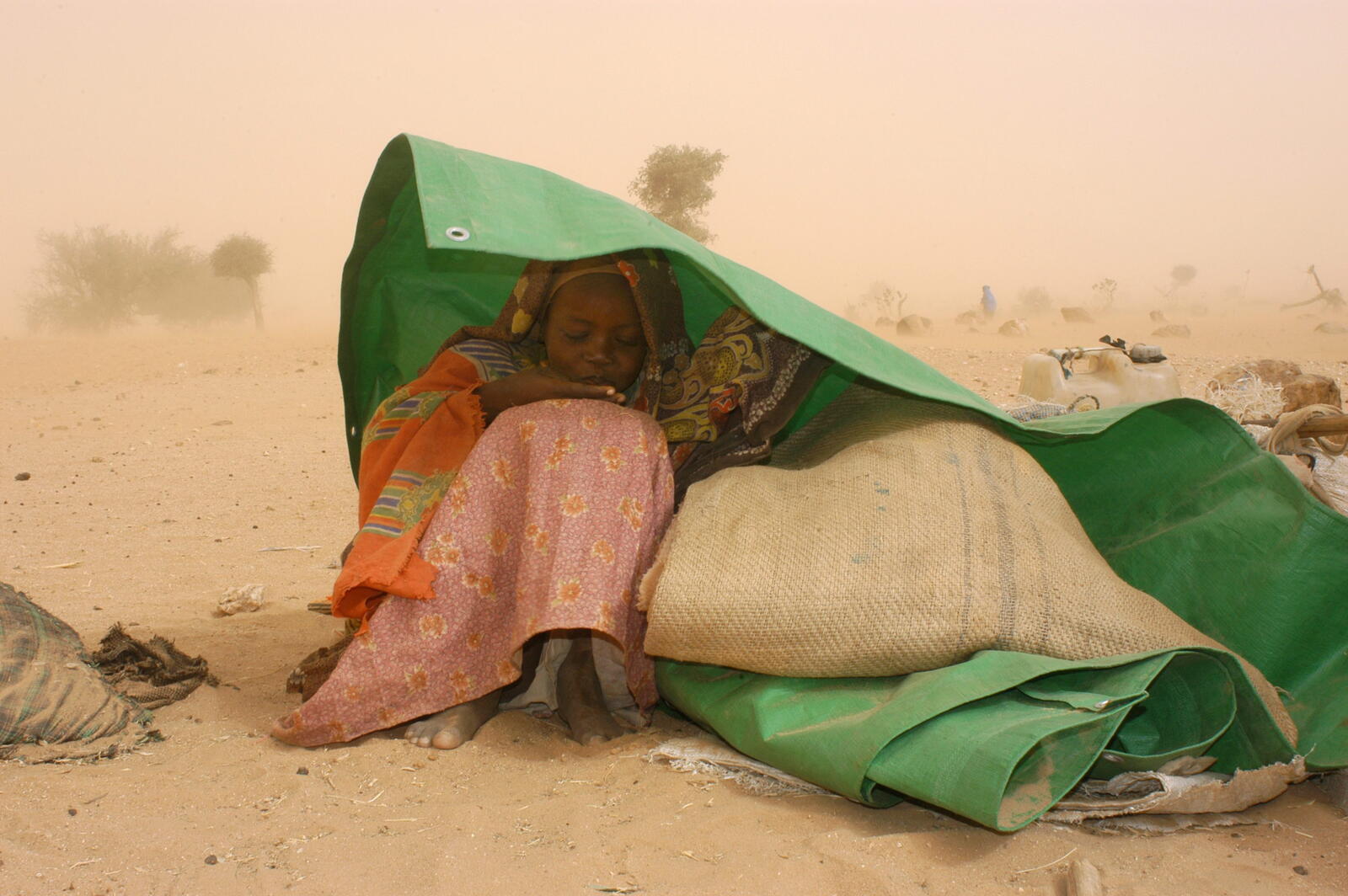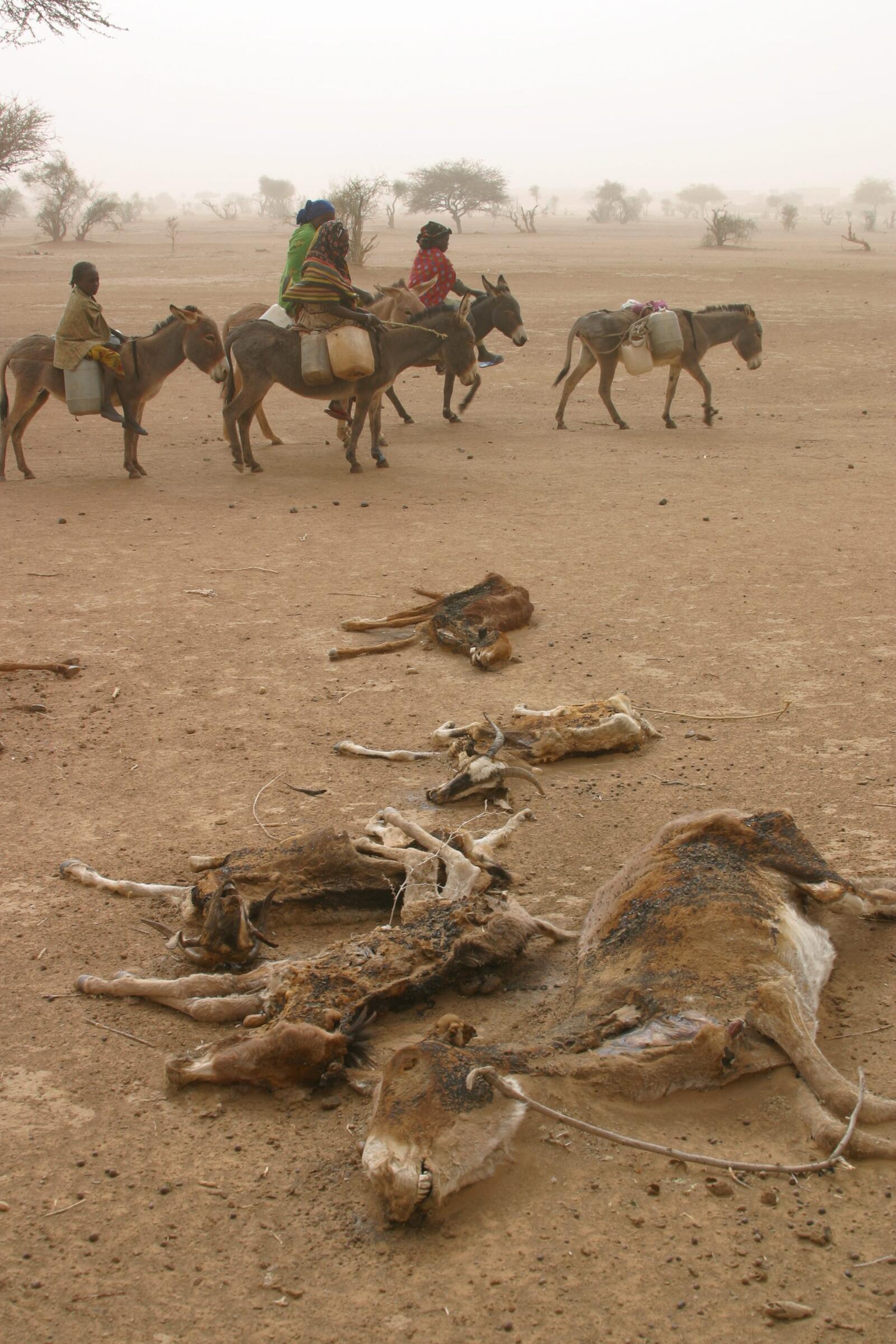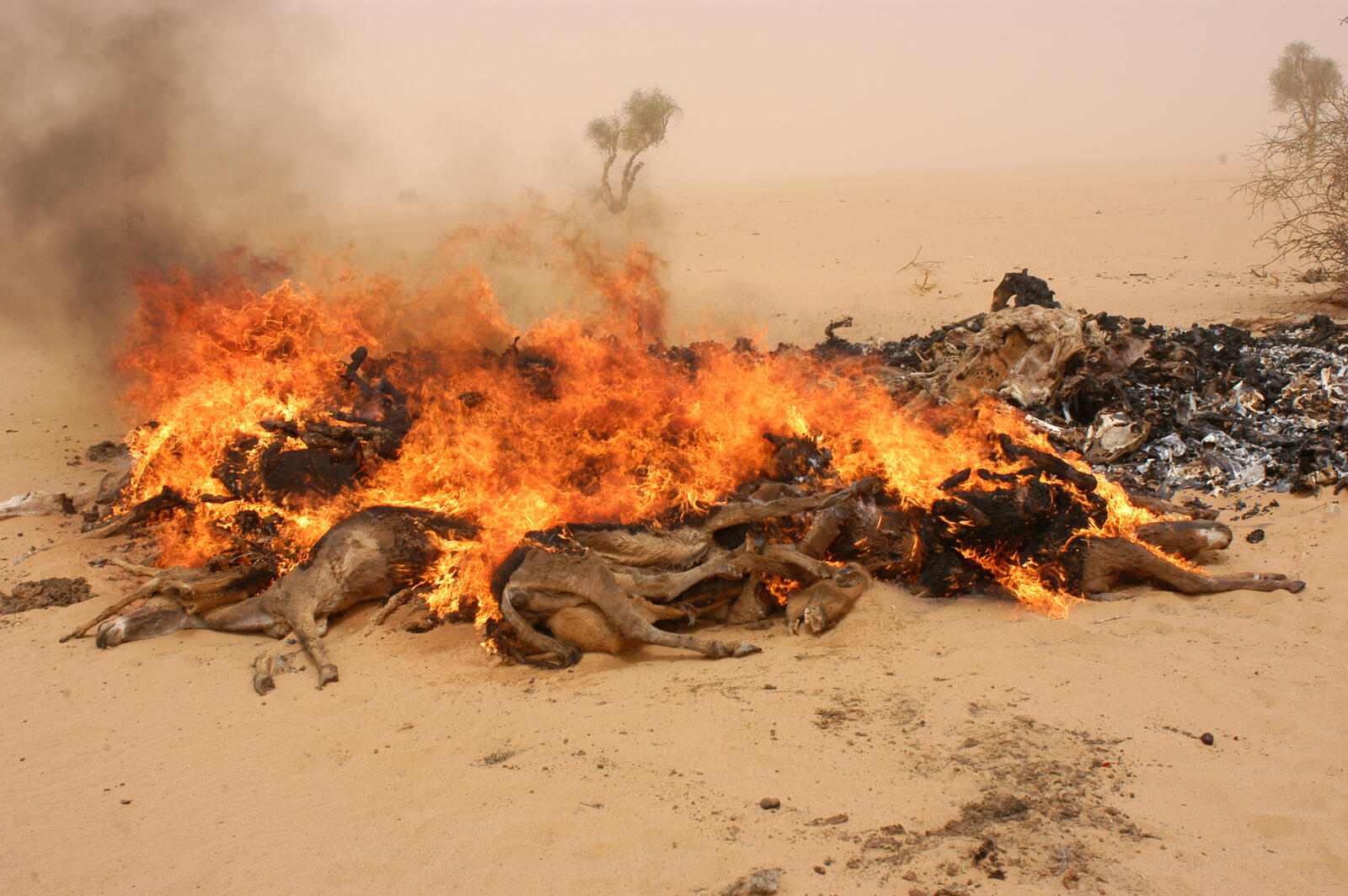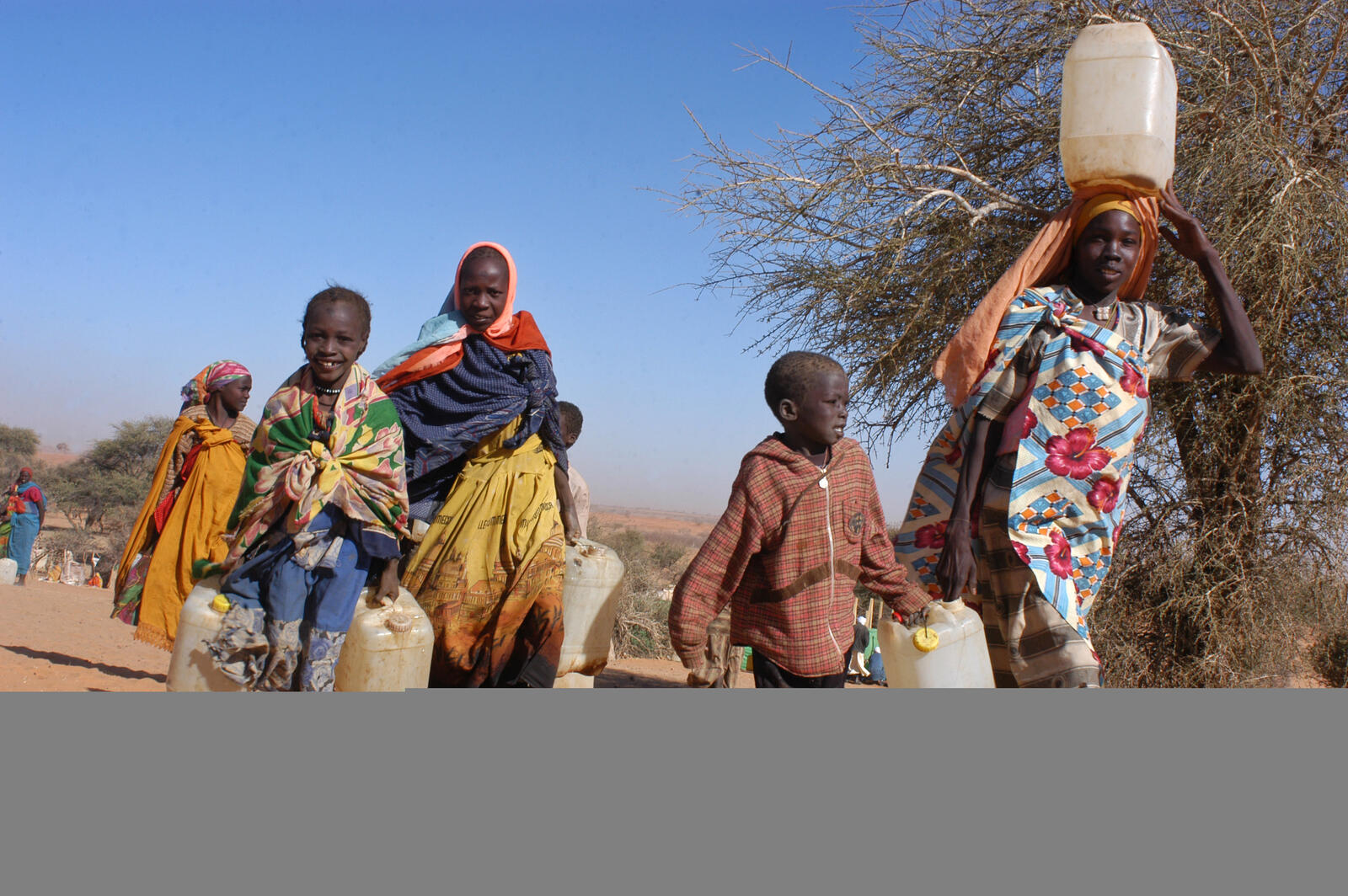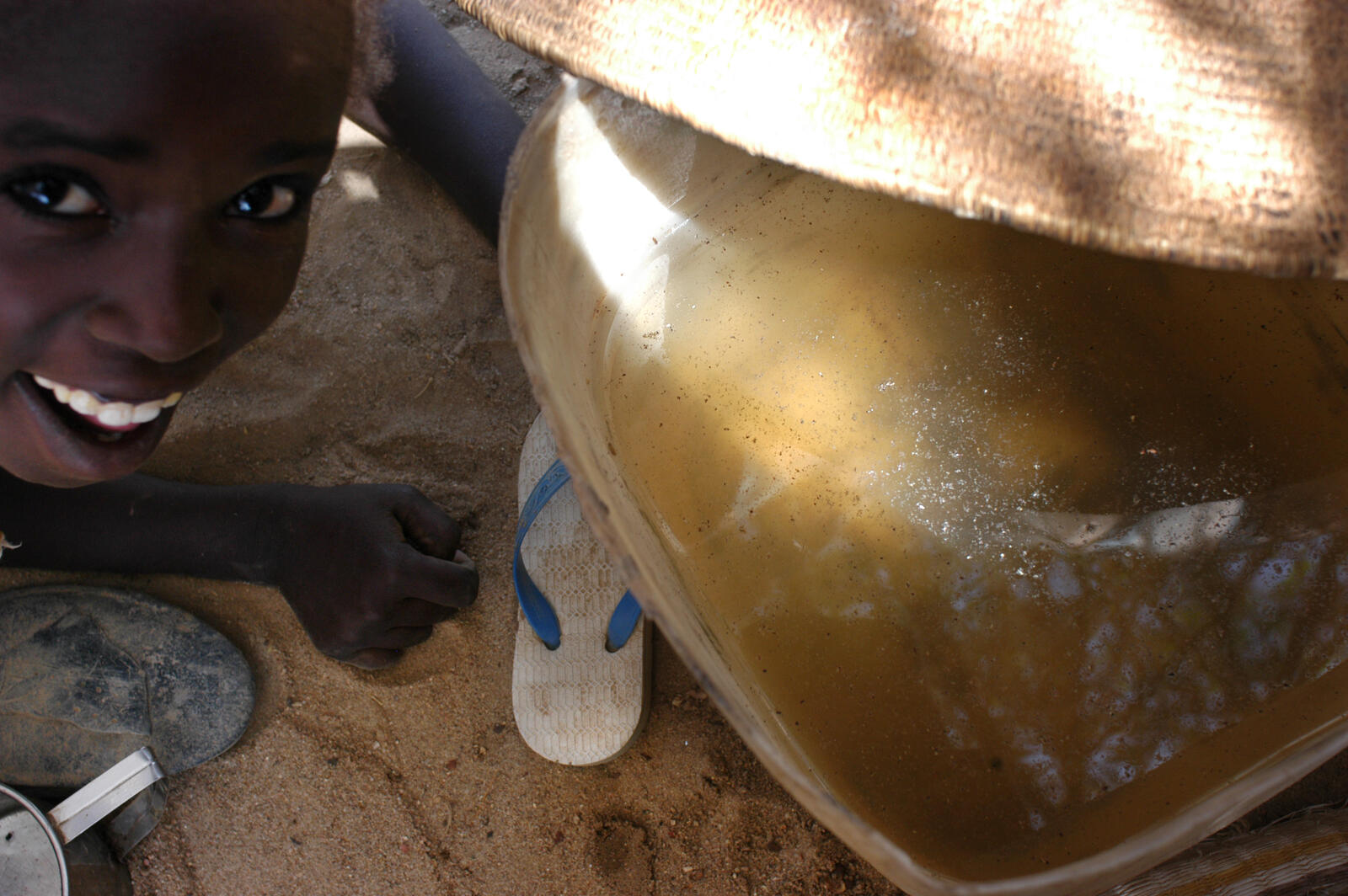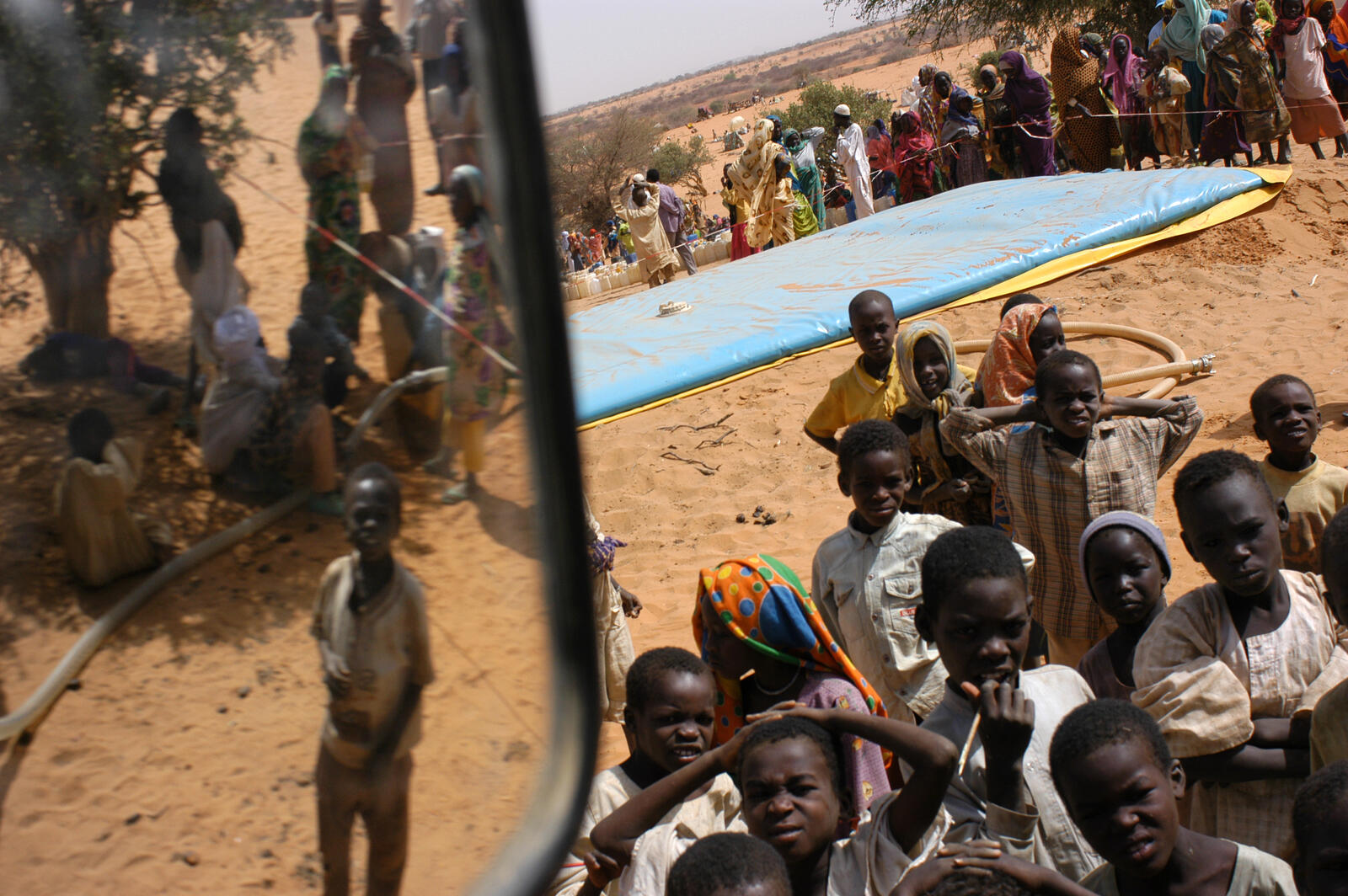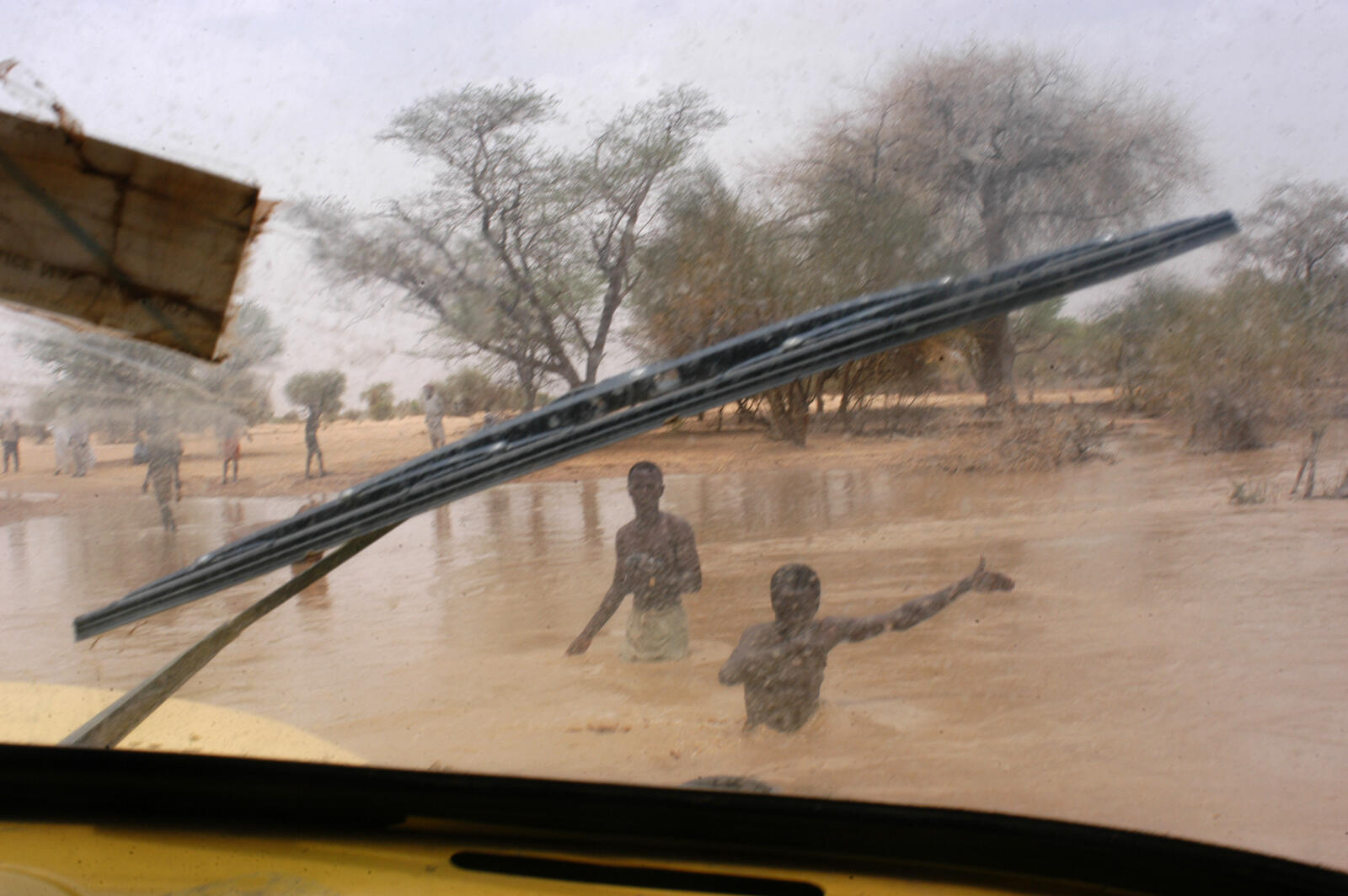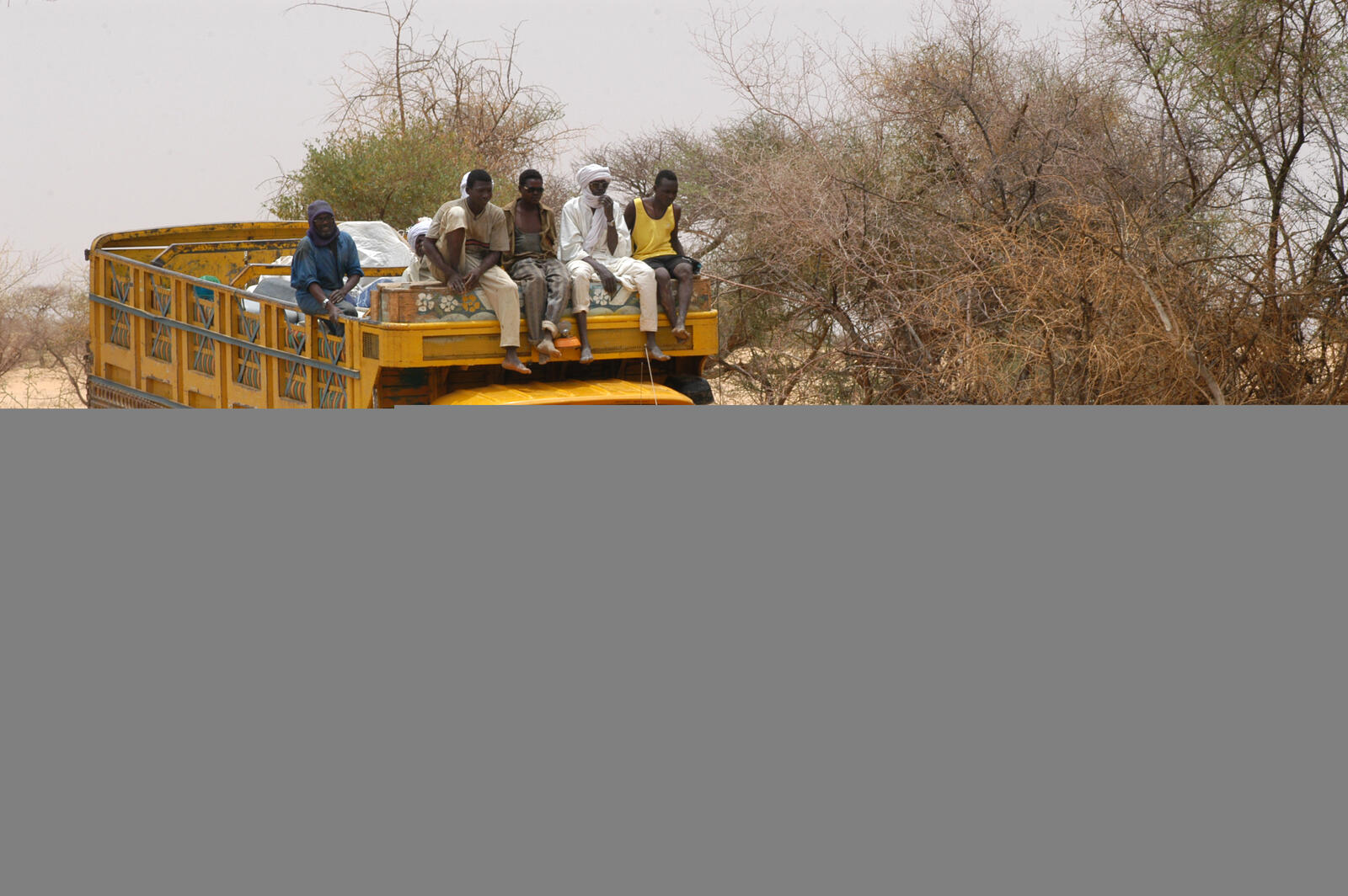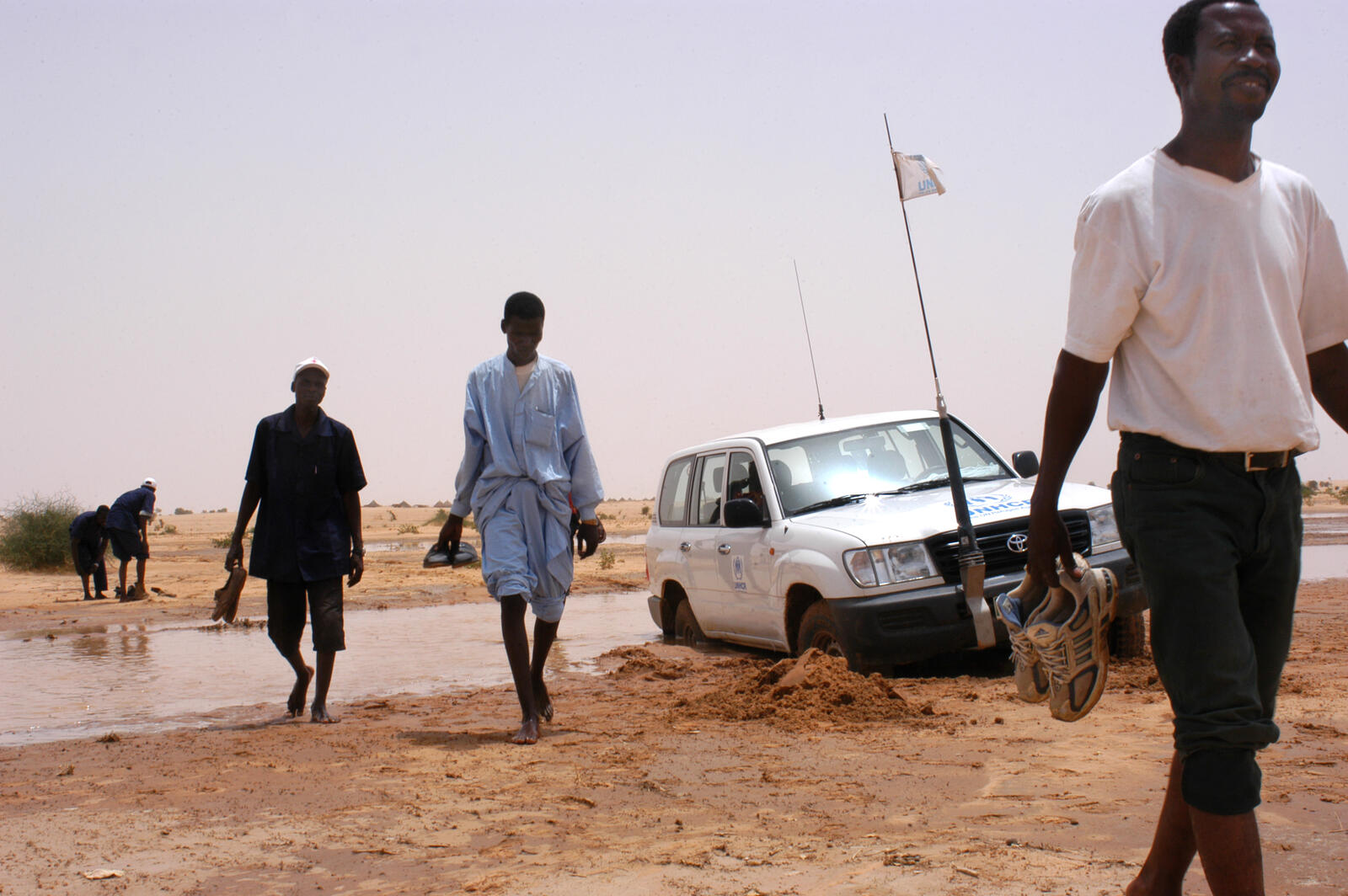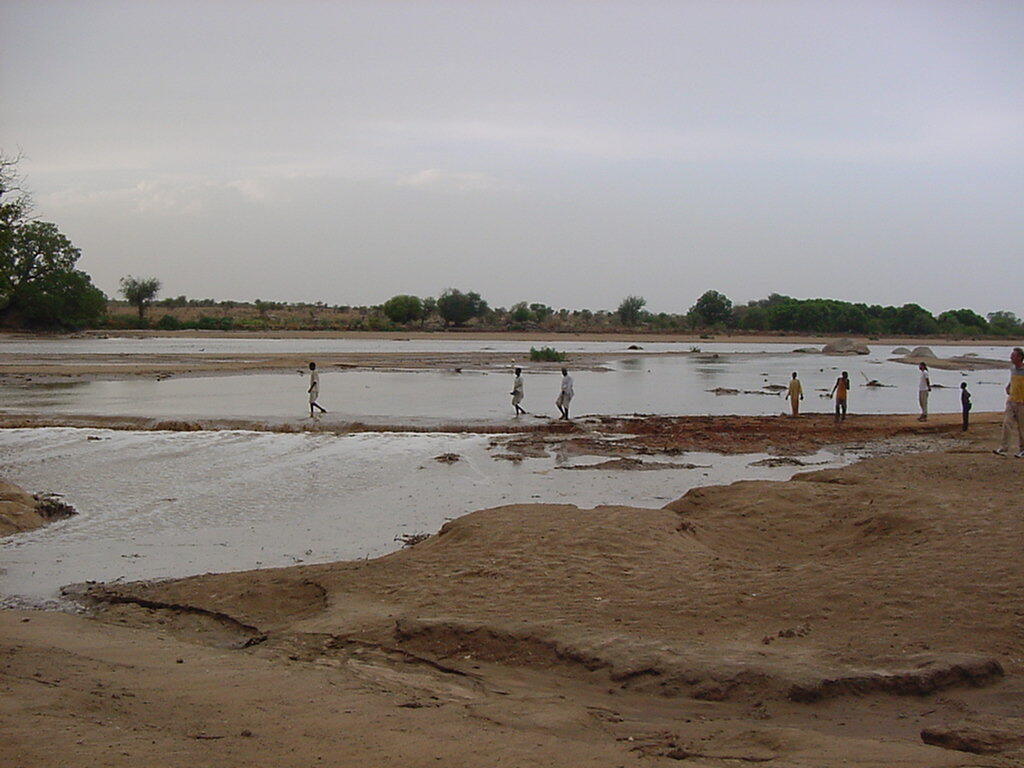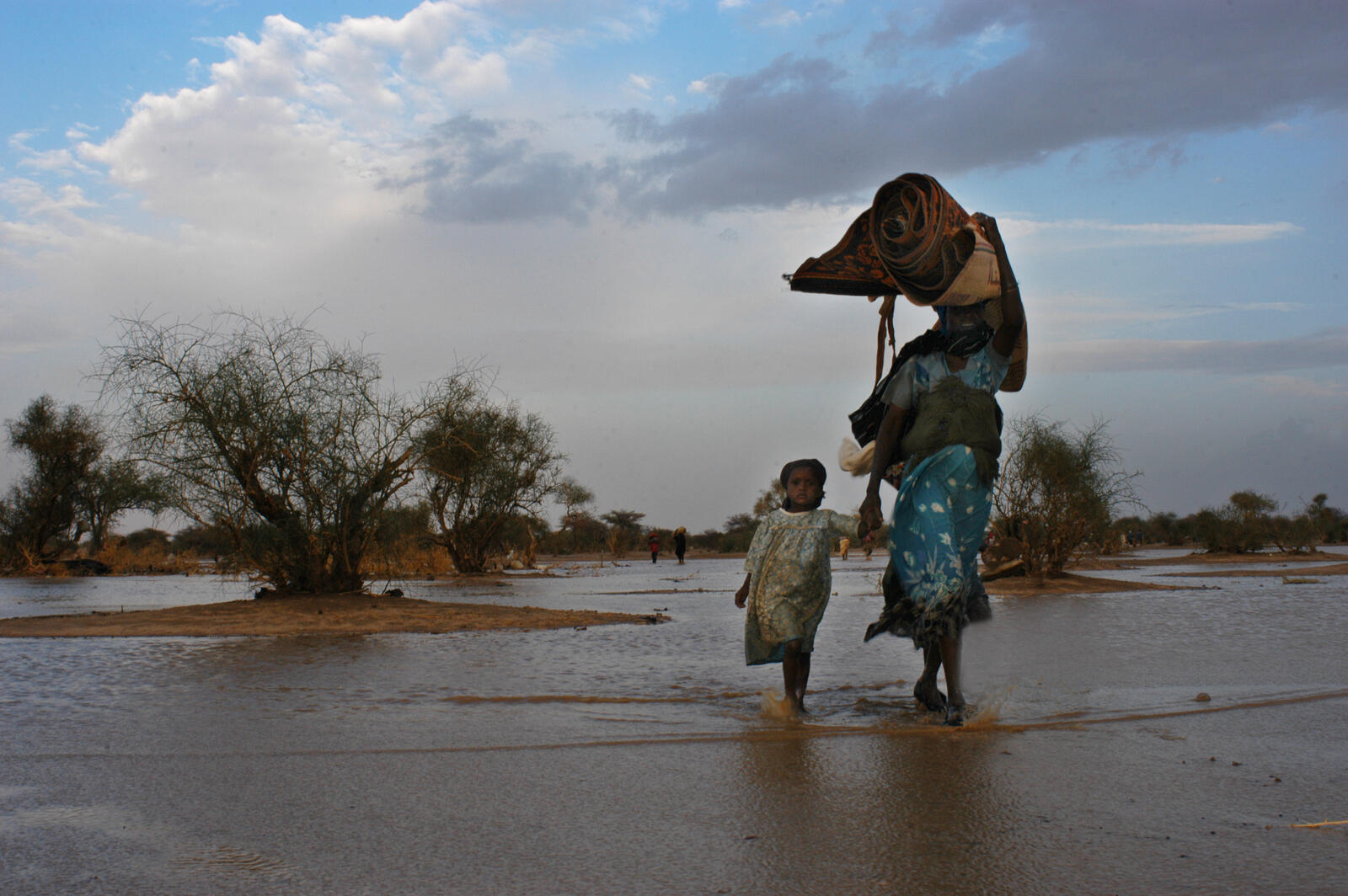Environment, Disasters and Climate Change
Environment, Disasters and Climate Change
UNHCR is stepping up its commitment to meet the humanitarian and protection challenges already being amplified by the climate emergency and to mitigate and prepare for those to come.

Climate change and the environment has a big impact on our work at UNHCR, as well as the lives of millions of forcibly uprooted people around the world.
Many of them rely on the environment for survival, particularly during emergencies – for food, shelter, energy, fire and warmth, medicine, agriculture, income-generation activities and more. Unsustainable use of natural resources can lead to environmental degradation, with lasting impacts on natural resources and on the well-being of the displaced and host communities. Additionally, competition over scarce natural resources, such as firewood, water and grazing land, can lead to friction.
Since the 1990s, we have become increasingly committed to protecting the environment and of the environmental challenges associated with hosting a large population in a small area. Over the course of the last two decades, we have set in place programmes and initiatives aimed at improving sustainable environmental management, aiming to reduce environmental degradation and enhance the resources available to the displaced, as well as host communities.
Disasters and climate change are a growing concern. Since 2009, an estimated one person every second has been displaced by a disaster, with an average of 22.5 million people displaced by climate or weather-related events since 2008 (GRID 2018). The Intergovernmental Panel on Climate Change, the UN's science advisory board, projects an increase in the number of displaced over the course of this century. The majority of the people of concern to UNHCR are concentrated in the most vulnerable areas around the world. Climate change will force people into increasing poverty and displacement, exacerbating the factors that lead to conflict, rendering both the humanitarian needs and responses in such situations even more complex.
We are deeply concerned about the massive protection challenges raised by disasters and climate-related related displacement, and work with other agencies and a range of partners to protect those at risk.
UNHCR’s role in Climate Action
In January 2020, the High Commissioner for Refugees appointed Andrew Harper as the Special Advisor on Climate Action. He drives UNHCR’s engagement on the climate emergency, serves as a global advocate, and is responsible for providing oversight and expertise to shape UNHCR's climate action agenda.
Our climate action is focused on three main areas:
- Law and policy. Providing legal advice, guidance and support to the international community to develop enhanced protection for refugees and other people displaced in the context of disasters and climate change, and catalyzing international discussions on their rights.
- Operations. We strive to improve the predictability of our engagement to anticipate and prepare for emergencies brought on by climate-related and other natural hazards, including through strong partnerships. We are committed to reducing environmental degradation in displacement settings and enhancing the preparedness and resilience of displaced people and host communities to the effects of climate change. Learn more about the Refugee Environmental Protection Fund, which will invest in impactful reforestation and clean cooking programs in climate-vulnerable refugee situations around the world. We incorporate climate and environmental consideration in our operational responses. We are also working to “green” our end-to-end supply chain and to improve our supply planning, as well as the sourcing, contents, manufacturing process, procurement and delivery and lifecycle management of core relief items and other UNHCR goods. Read our Operational Strategy for Climate Resilience and Environmental Sustainability 2022-2025 and the Strategy summary here.
- UNHCR’s environmental footprint. Improving UNHCR’s environmental sustainability by reducing our greenhouse gas emissions and minimizing negative impacts on the environment. A key part of this work is converting diesel and fossil fuel-run offices to solar energy, with this project funded through the Green Financing Facility.
In photos: Battling the elements in Chad
23 November 2005
Over 180,000 Sudanese refugees have fled violence in Darfur, crossing the border into the remote desert of eastern Chad.
It is one of the most inhospitable environments UNHCR has ever had to work in. Vast distances, extremely poor road conditions, scorching daytime temperatures, sandstorms, the scarcity of vegetation and firewood, and severe shortages of drinkable water have been major challenges since the beginning of the operation. Now, heavy seasonal rains are falling, cutting off the few usable roads, flooding areas where refugees had set up makeshift shelters, and delaying the delivery of relief supplies.
Despite the enormous environmental challenges, we have managed to establish nine camps and relocate the vast majority of the refugees who are willing to move from the volatile border.


